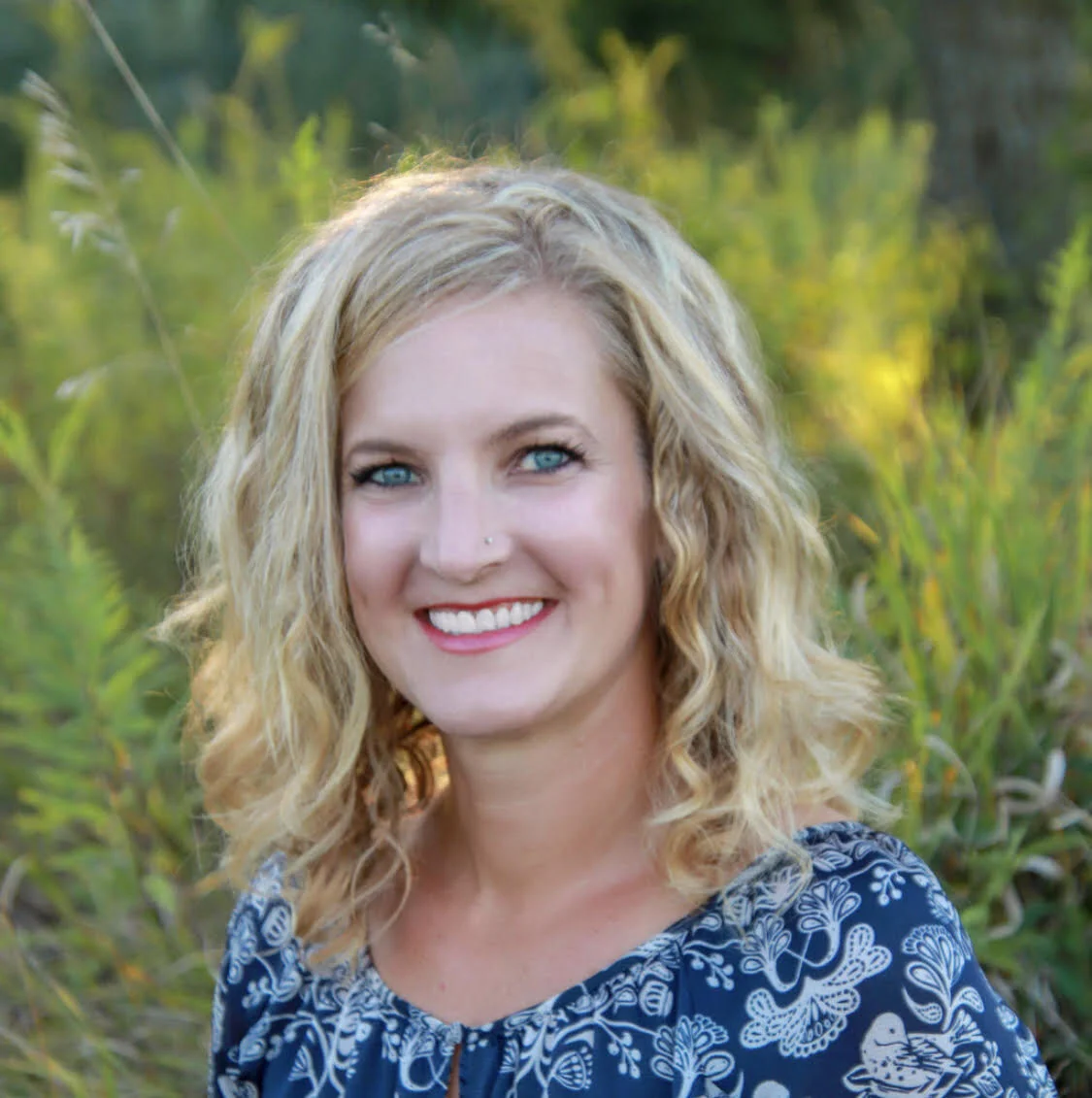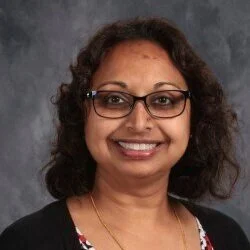
Honoring Our Grief & Loss
Grief is not about the absence of someone. Grief and sorrow are about all the moments that were and what could have been that gather like storm clouds - the endless possibilities. Grief is the waves that crash over us - unrelenting in the first moments - taking us under into the darkness with no direction. The waves can reduce their intensity and shape but can awaken at the most unexpected moments. These moments are often described as a dull ache, losing our breath, or falling suddenly.
The Waves
Grief is not about the absence of someone. Grief and sorrow are about all the moments that were and what could have been that gather like storm clouds - the endless possibilities. Grief is the waves that crash over us - unrelenting in the first moments - taking us under into the darkness with no direction. The waves can reduce their intensity and shape but can awaken at the most unexpected moments. These moments are often described as a dull ache, losing our breath, or falling suddenly.
Joan Didion stated in The Year of Magical Thinking, “[g]rief is different. Grief has no distance. Grief comes in waves, paroxysms, sudden apprehension that weaken the knees and blind the eyes and obliterate the dailiness of life. Virtually everyone who has ever experienced grief mentions this phenomenon of “waves.”
The Tangle that Is the Grief Journey
We were taught that our grief journey progresses with Elisabeth Kübler-Ross’s Five Stages of Grief: denial, anger, bargaining, depression, acceptance (The Five Stages of Mourning by Kubler Ross). Instead, we must consider that our grief journey cannot be found in a simple straight line from point A to point B - pain to peace - as much as we would want this. Grief comes with twists and turns that may feel like we take one step forward and 10 steps back - much like the image below. Grief is an essay, not a multiple choice answer, because the journey is deeply personal - only our own. We would not want it any other way.
Strength in our Words
Take a moment to pull apart the emotions that are enclosed in the waves because they could be more than sadness. It takes strength and courage to take our emotions out of the box to reflect and consider before placing them back in the box. Without this process, we could lose ourselves in the grief. A Chinese proverb states that “you cannot prevent the birds of sorrow from flying over your head, but you can prevent them from building nests in your hair.”
We want to prevent the “nest” in our hair by taking the first small step to hold our grief gently and carefully - speaking and sharing into existence in a safe space. Our words can become the buoy that can hold us together in the storm. Our tears can bear witness to our love and loss. In time, you can even recognize and anticipate the waves - our triggers - waiting around the bend. Our words matter. Our words are powerful. Our memories give us strength to hold the photographs, visit the cemetery, acknowledge the birthdays, wrap the holiday presents, and hug those present in our lives who also walk in a similar path because they also are navigating their own storm.
“You were merely wishing for the end of pain, the monster said. Your own pain. An end to how it isolated you. It is the most human wish of all.”
― Patrick Ness, A Monster Calls
You Are Not Alone
Grief isolates. The waves pull us out far into the sea where all sound is muffled except for the crashing of the waves. Light only shines sporadically. We are pulled under and panic to reach for something or someone to hold us up. Our thoughts in these moments are not truthful.
You do not have to navigate grief alone.
What can help?
Communication with family and friends
Quiet, safe spaces to breathe
Crying
Being present for the activities that bring us joy
Journaling
Asking questions for clarification of what happened
Building a network of support - at home, at work, at school
Consider speaking to a counselor
Be honest with yourself and others
Recognize all the other losses that occur with one loss (losing community due to moving, job loss, loss of friendship, etc)
Resources
Association for Death Education and Counseling - http://www.adec.org/adec/default.aspx
Center for Loss & Life Transition - https://www.centerforloss.com/
Helping Teens Work Through Grief, Second Edition - Mary Kelly Perschy
Teen Grief : Coping with the Loss of a Loved One – Hospice of the Valley - https://www.hov.org/media/1555/teengrief.pdf
The Dougy Center: The National Center for Grieving Children and Families - http://www.dougy.org/
We Are Growing! Meet Our New Counselors
2020 has been a very challenging year for the mental health of our community. Mental Health America reports that anxiety and depression rates have increased at an alarming pace, self harm and suicide are on the rise, people are struggling more with isolation and loneliness, and rates of anxiety, depression, and suicidal ideation are increasing for people of all races and ethnicities.
We Are Growing! Meet Our New Counselors
2020 has been a very challenging year for the mental health of our community. Mental Health America reports that anxiety and depression rates have increased at an alarming pace, self harm and suicide are on the rise, people are struggling more with isolation and loneliness, and rates of anxiety, depression, and suicidal ideation are increasing for people of all races and ethnicities. Numbers demonstrate that from January through September, pandemic enduring youth ages 11-17 have been more likely than any other age group to report moderate to severe symptoms of anxiety and depression and have the highest rates of suicidal ideation, especially LGBTQ+ youth. The number of youth reaching out for help is also increasing. Black or African Americans report the highest average percent change over time for anxiety and depression, while Indigenous Americans have had the highest average percent change over time for suicidal ideation.
We are very excited to announce that two seasoned counselors have joined our practice! Our hope is that we are able to support even more people who are struggling during the pandemic through this expansion, especially youth, families, and adults.
Erica Ray, M.Ed., LCPC, earned her Master of Arts in Education, School Counseling, from The University of Akron. She brings to our practice her experience with counseling in a school setting, developing wilderness experiences for at risk youth, therapeutic boarding school programming, collaborating with the Department of Child and Family Services, and has training in Trauma Focused CBT. Her client areas of focus are school aged children, teens, and adults. She has full time hours available to see clients.
Jayshree Panchal, MA, LCPC, graduated from Bradley University with a Master of Arts in Human Development Counseling. She brings many years of experience counseling adolescents, college students, and adults. She uses trauma informed approaches to treat grief and loss, improve relationships, assist with college preparation, and enhance career development. She has practiced in many settings, including schools, career centers, hospital units, and community mental health. She is practicing with us part time on evenings and weekends.
Please join us in celebrating this milestone for our practice. We know it is harder right now to find a counselor who is taking new clients because of the pandemic increasing the demand for services. If you are interested in scheduling a counseling session for yourself or your child, give us a call today at 309-713-1485 or email info@summitfamily.net.






